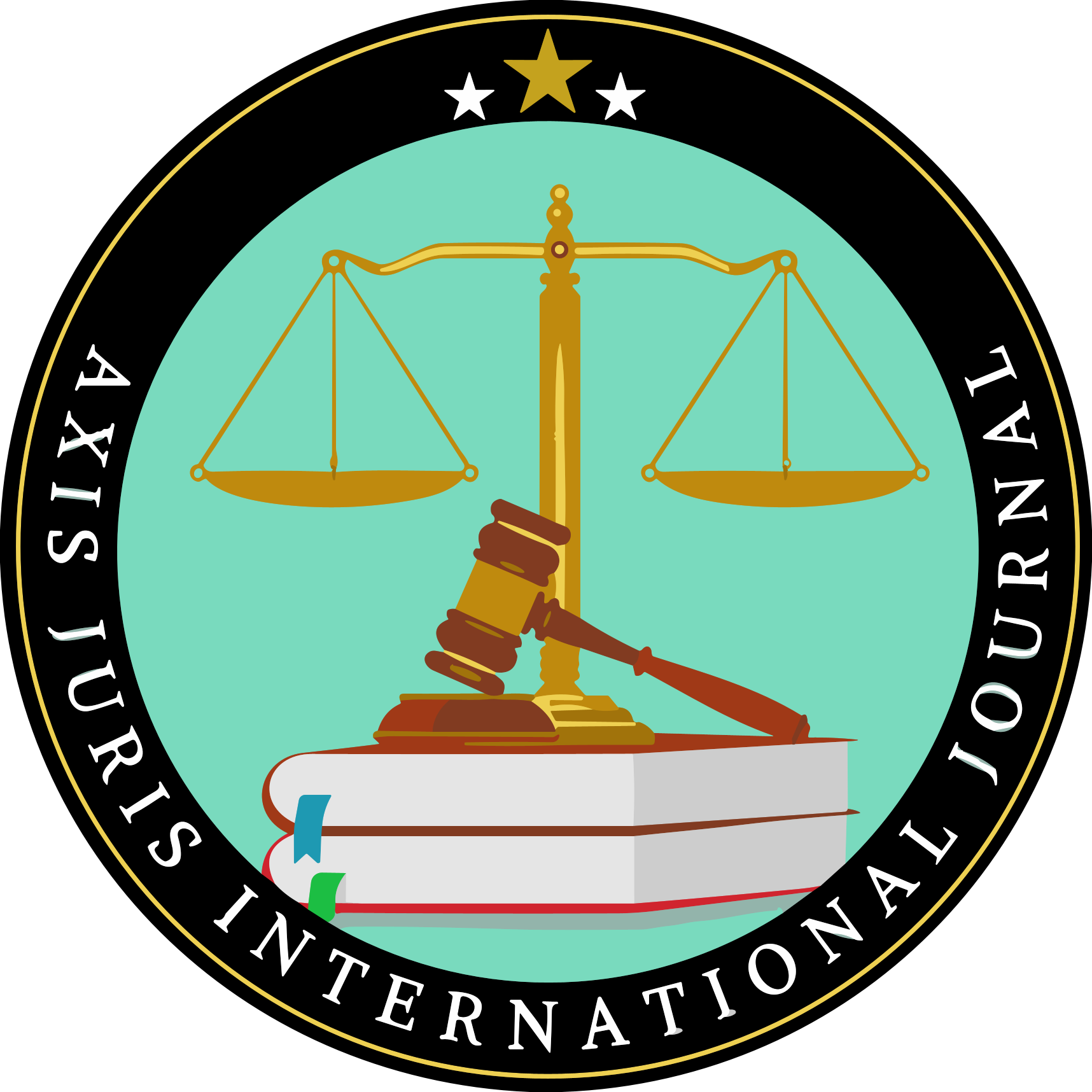AUTHOR: Admin
INTRODUCTION
The LGBTQI+ community has been fighting for their rights for decades, and while progress has been made, there is still much work to be done. The international human rights regime has played a crucial role in protecting the rights of LGBTQI+ individuals around the world, but there are still gaps and shortcomings that need to be addressed.
DECLARATION
The Universal Declaration of Human Rights (UDHR) was adopted by the United Nations General Assembly in 1948 and is considered the foundation of international human rights law. Article 2 of the UDHR states that “everyone is entitled to all the rights and freedoms set forth in this Declaration, without distinction of any kind, such as race, colour, sex, language, religion, political or other opinion, national or social origin, property, birth or other status.” While sexual orientation and gender identity are not explicitly mentioned in the UDHR, they are included in the interpretation of “other status.”
INTERNATIONAL TREATIES AND AGREEMENTS
In addition to the UDHR, there are several international treaties and agreements that protect the rights of LGBTQI+ individuals. The International Covenant on Civil and Political Rights (ICCPR) and the International Covenant on Economic, Social and Cultural Rights (ICESCR) both prohibit discrimination based on sexual orientation and gender identity. The Convention on the Elimination of All Forms of Discrimination Against Women (CEDAW) also recognizes the discrimination faced by LGBTQI+ women.
Despite these protections, many countries still have laws and policies that discriminate against LGBTQI+ individuals. In some countries, homosexuality is criminalized, and individuals can face imprisonment or even death for being gay. In other countries, LGBTQI+ individuals face discrimination in employment, housing, and access to healthcare.
CHALLENGES
One of the challenges in protecting the rights of LGBTQI+ individuals is that cultural and religious beliefs often clash with the principles of human rights. Some countries argue that homosexuality goes against their cultural or religious values and therefore should not be protected under human rights law. However, human rights are universal and should apply to all individuals, regardless of cultural or religious beliefs.
Another challenge is the lack of enforcement mechanisms for international human rights law. While countries have agreed to uphold human rights treaties and agreements, there is no international court or body that can enforce these agreements. This means that countries can ignore their obligations without facing any consequences.
CONCLUSION
In conclusion, while the international human rights regime has made progress in protecting the rights of LGBTQI+ individuals, there is still much work to be done. Countries must be held accountable for upholding their obligations under human rights treaties and agreements, and cultural and religious beliefs should not be used as an excuse for discrimination. We must continue to advocate for the rights of LGBTQI+ individuals around the world and work towards a future where everyone is treated with dignity and respect, regardless of their sexual orientation or gender identity.
